5 Stars
I love this hook. Absolutely beautiful!
PAYPAL, AFTERPAY available 🛍️
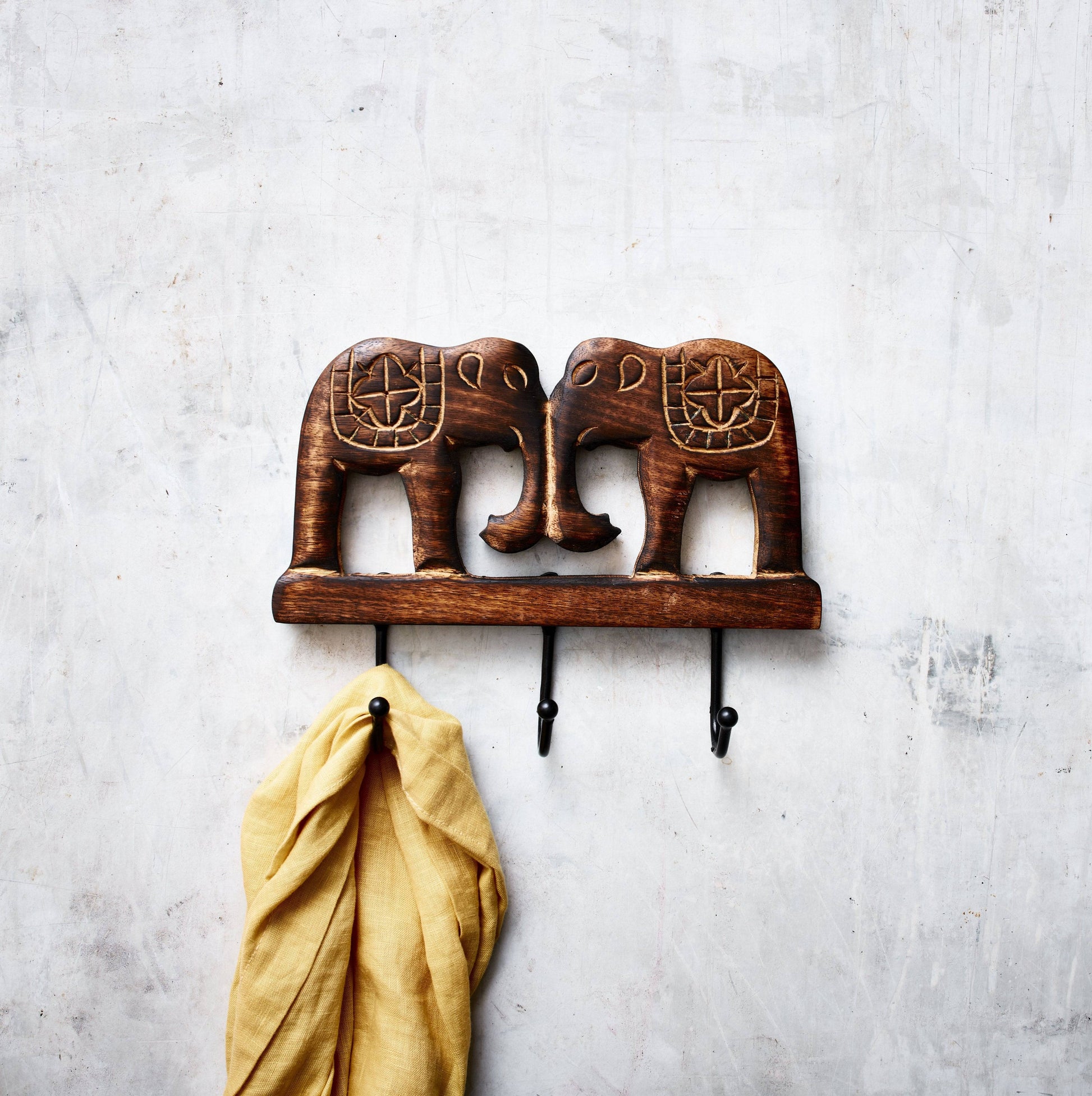
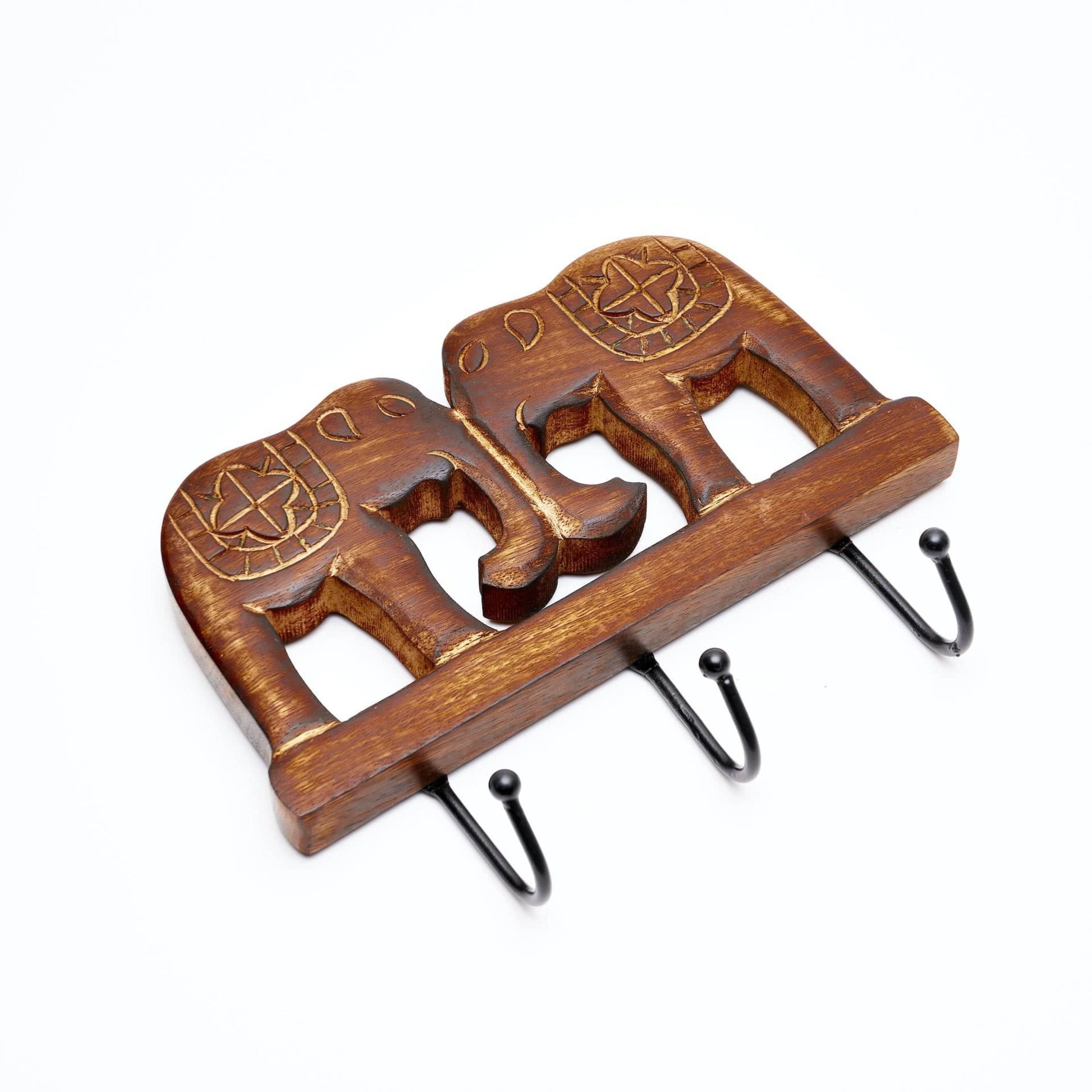
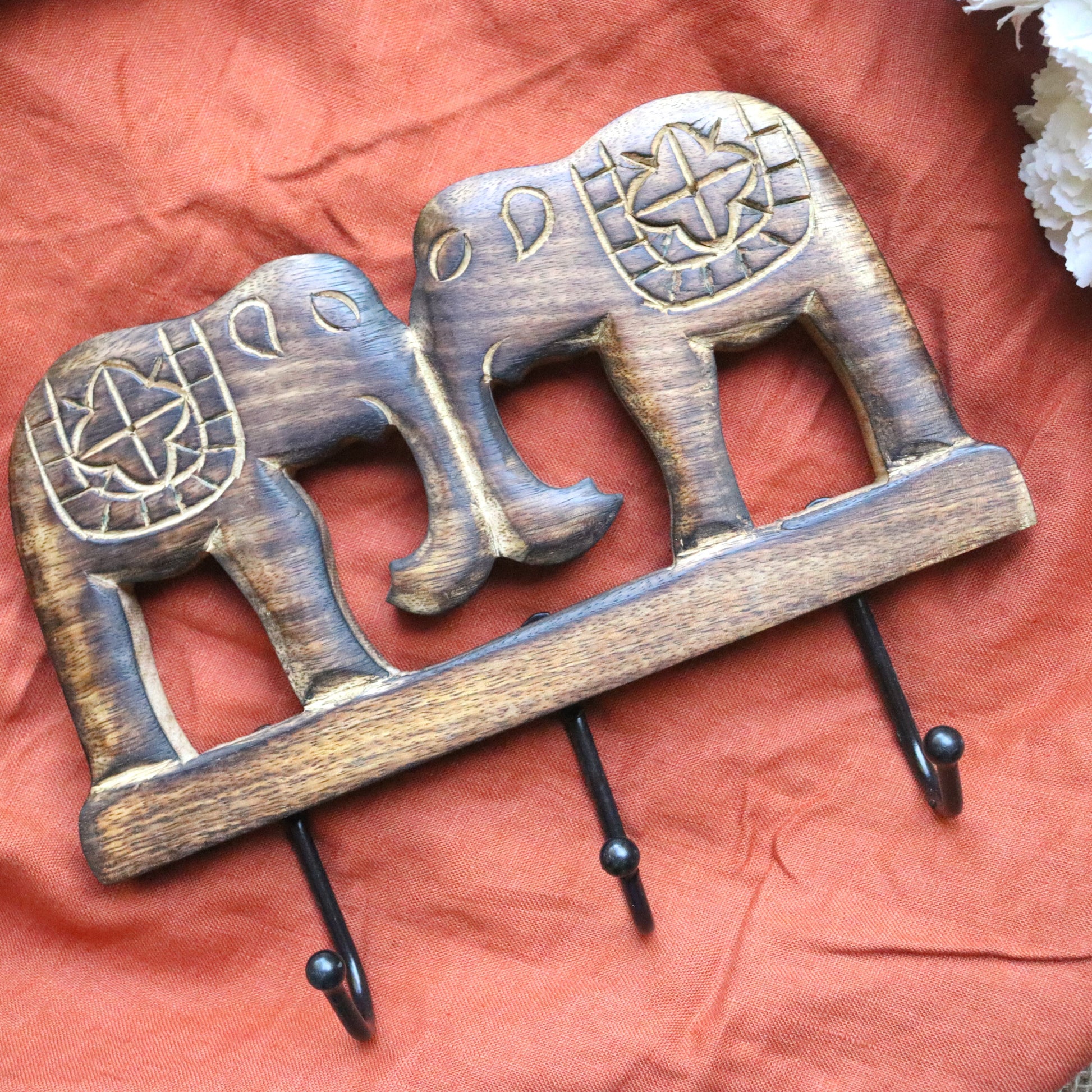
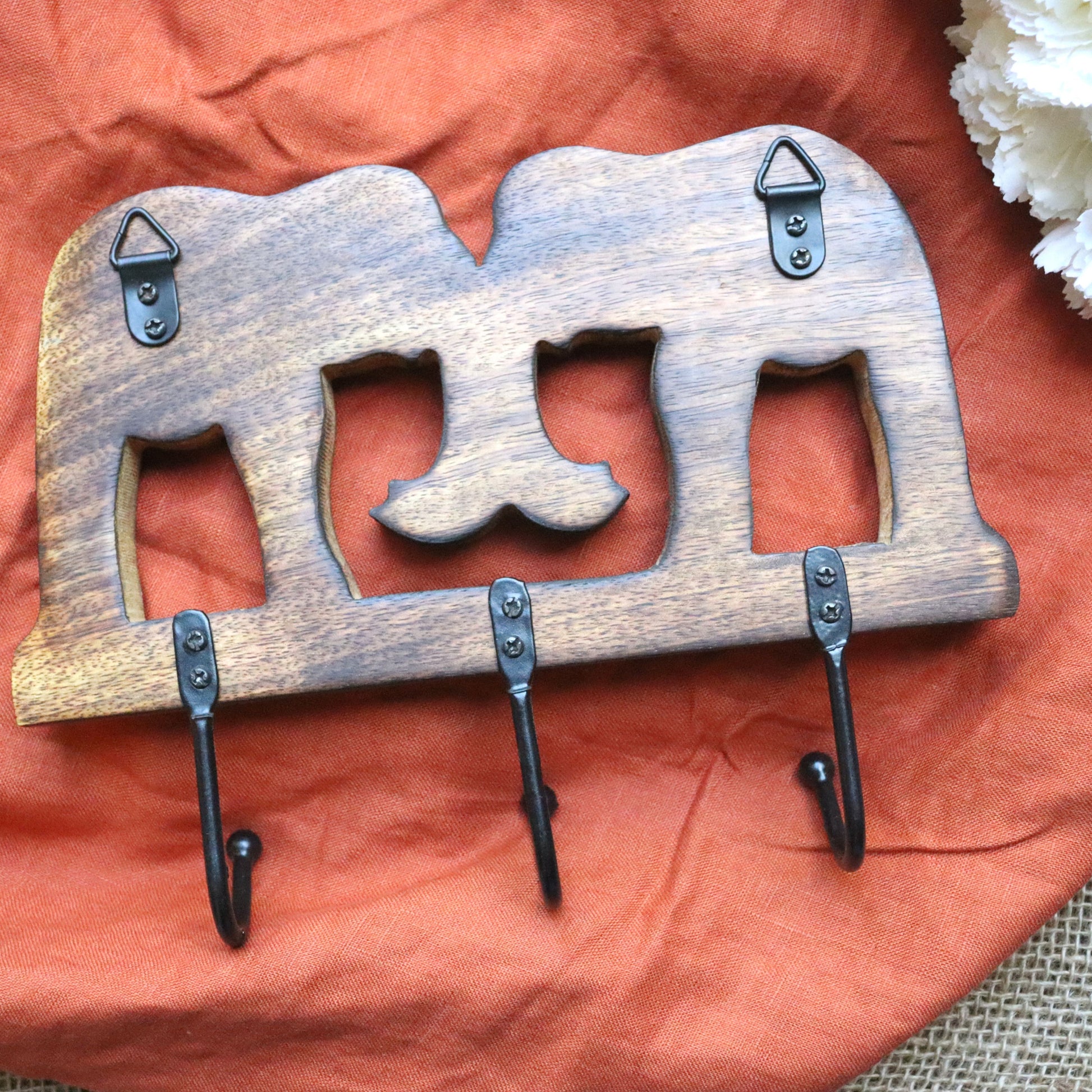
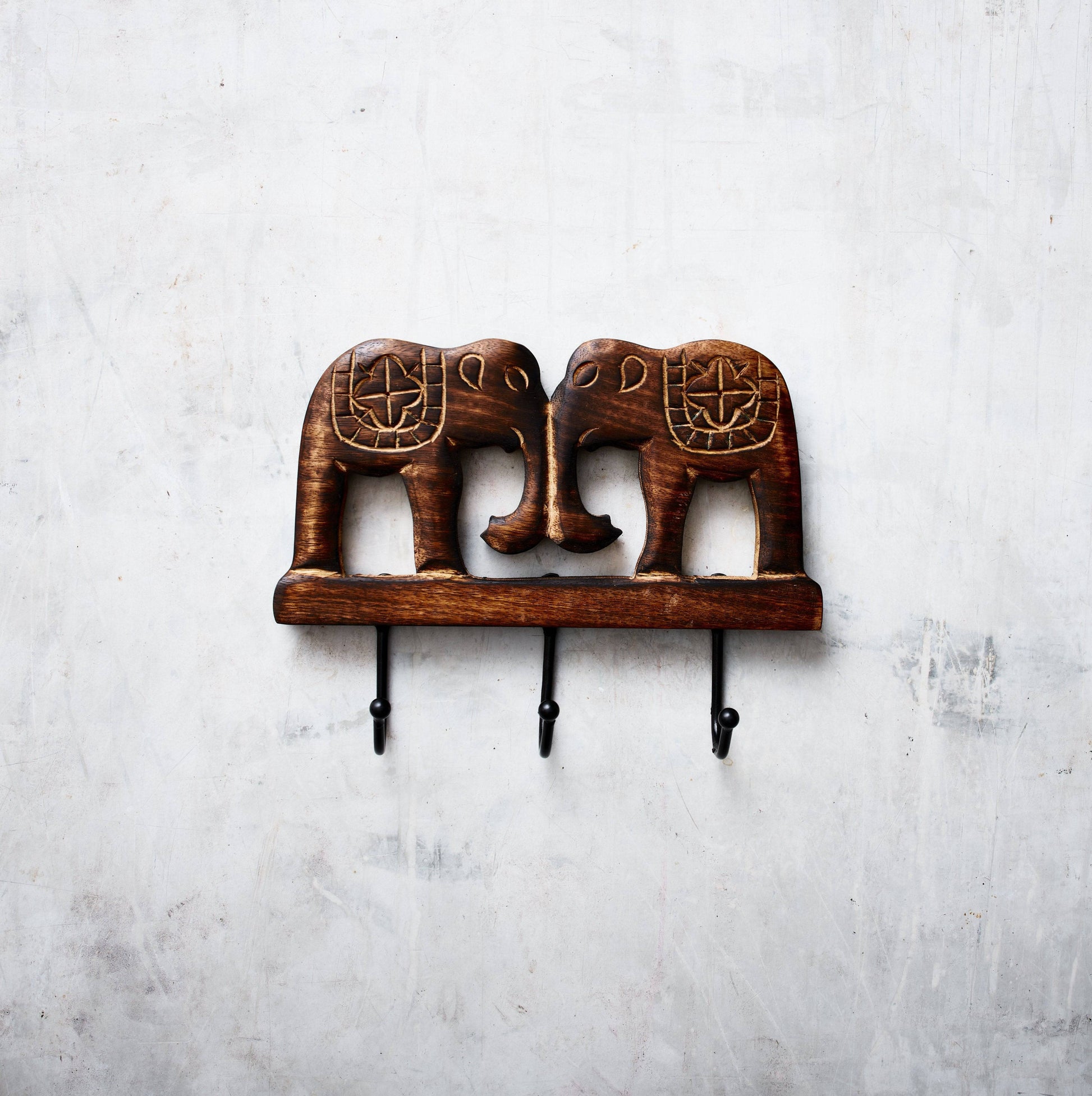
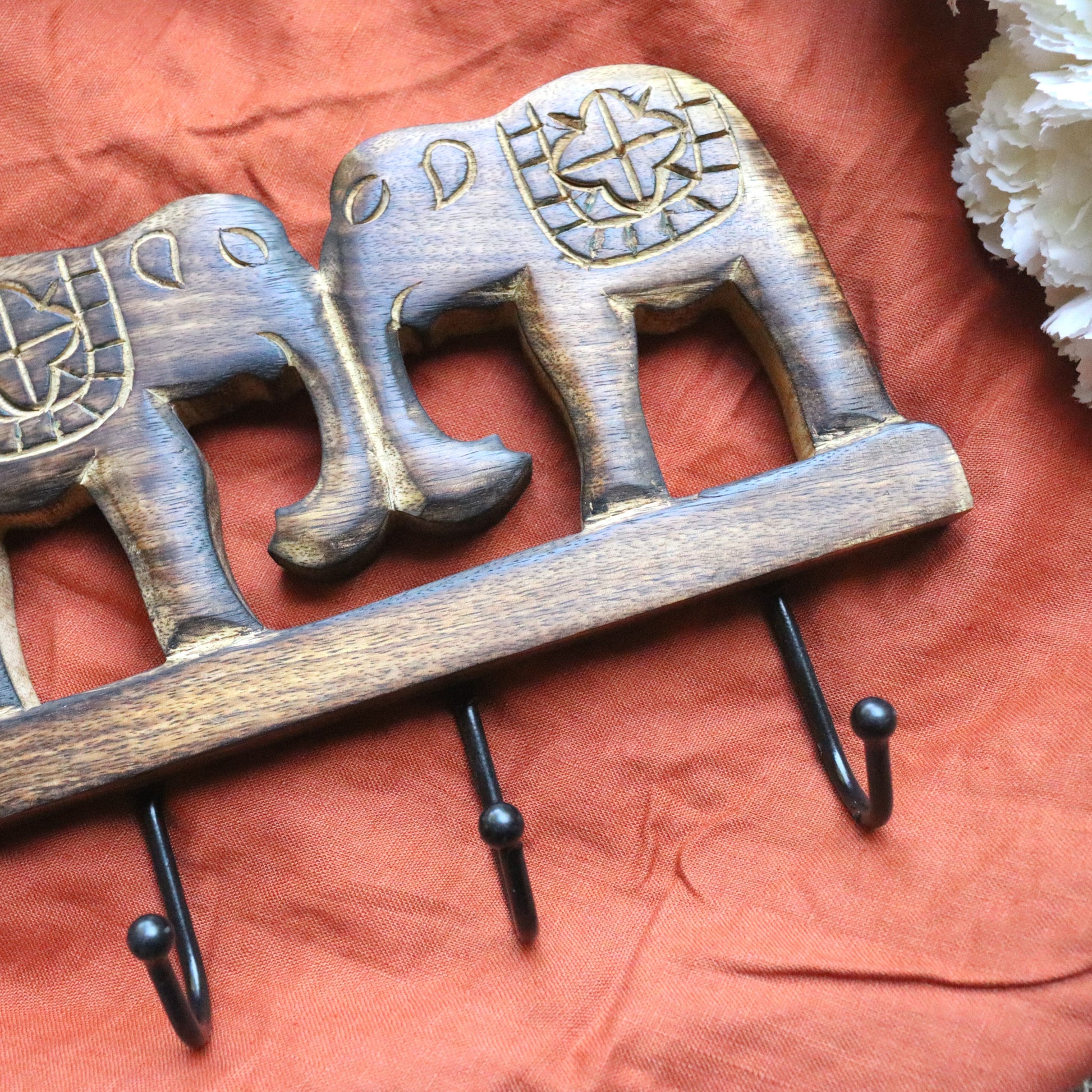
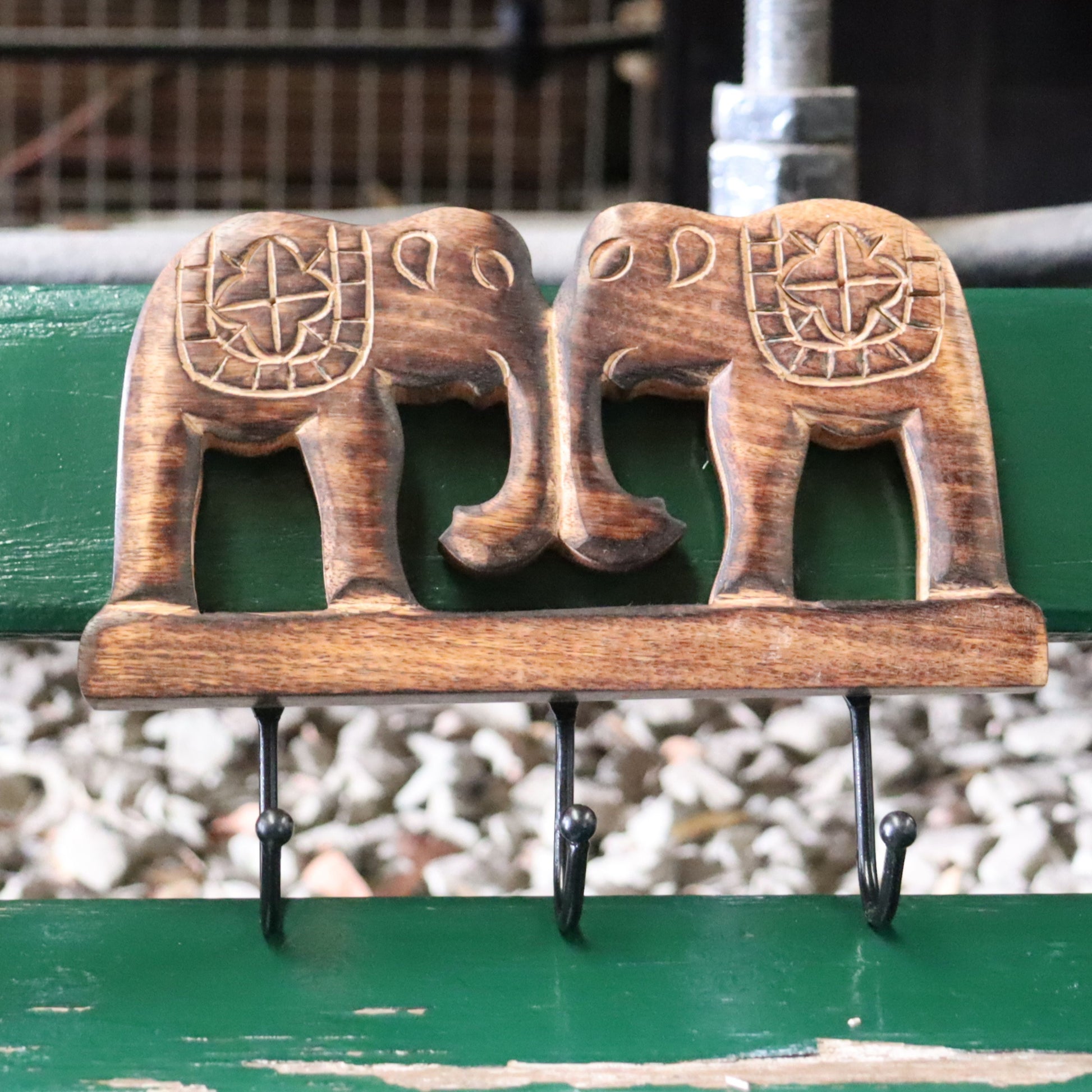
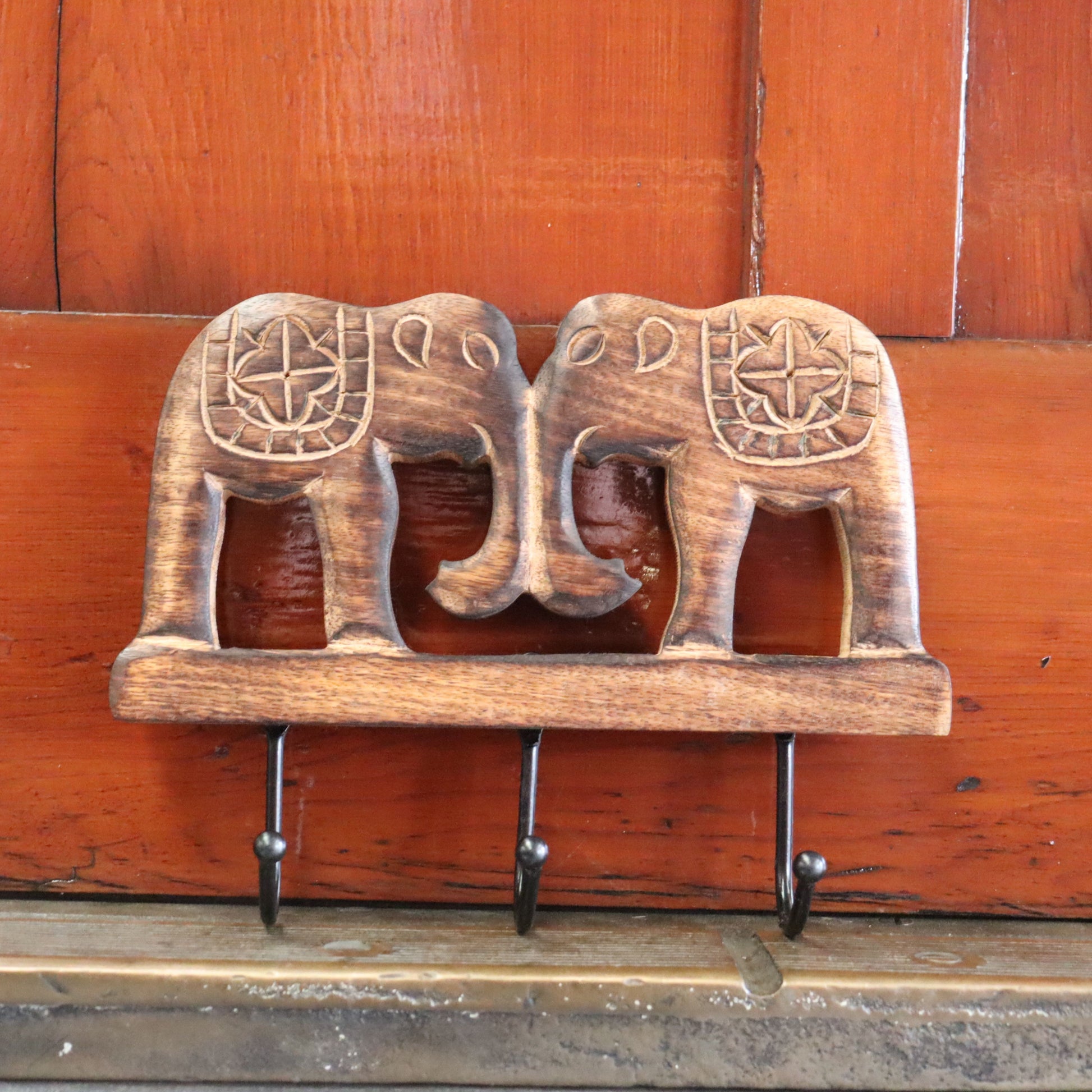
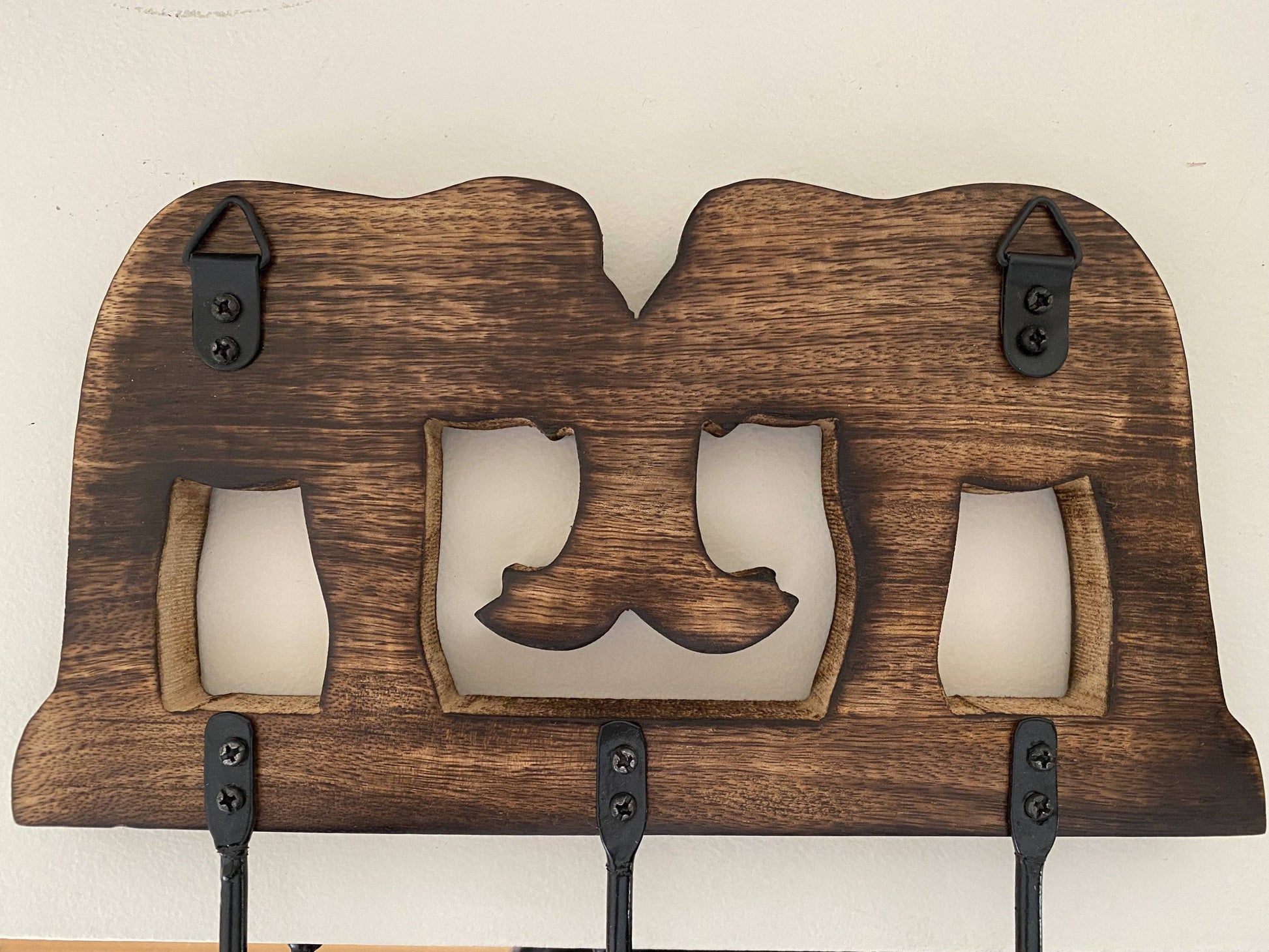
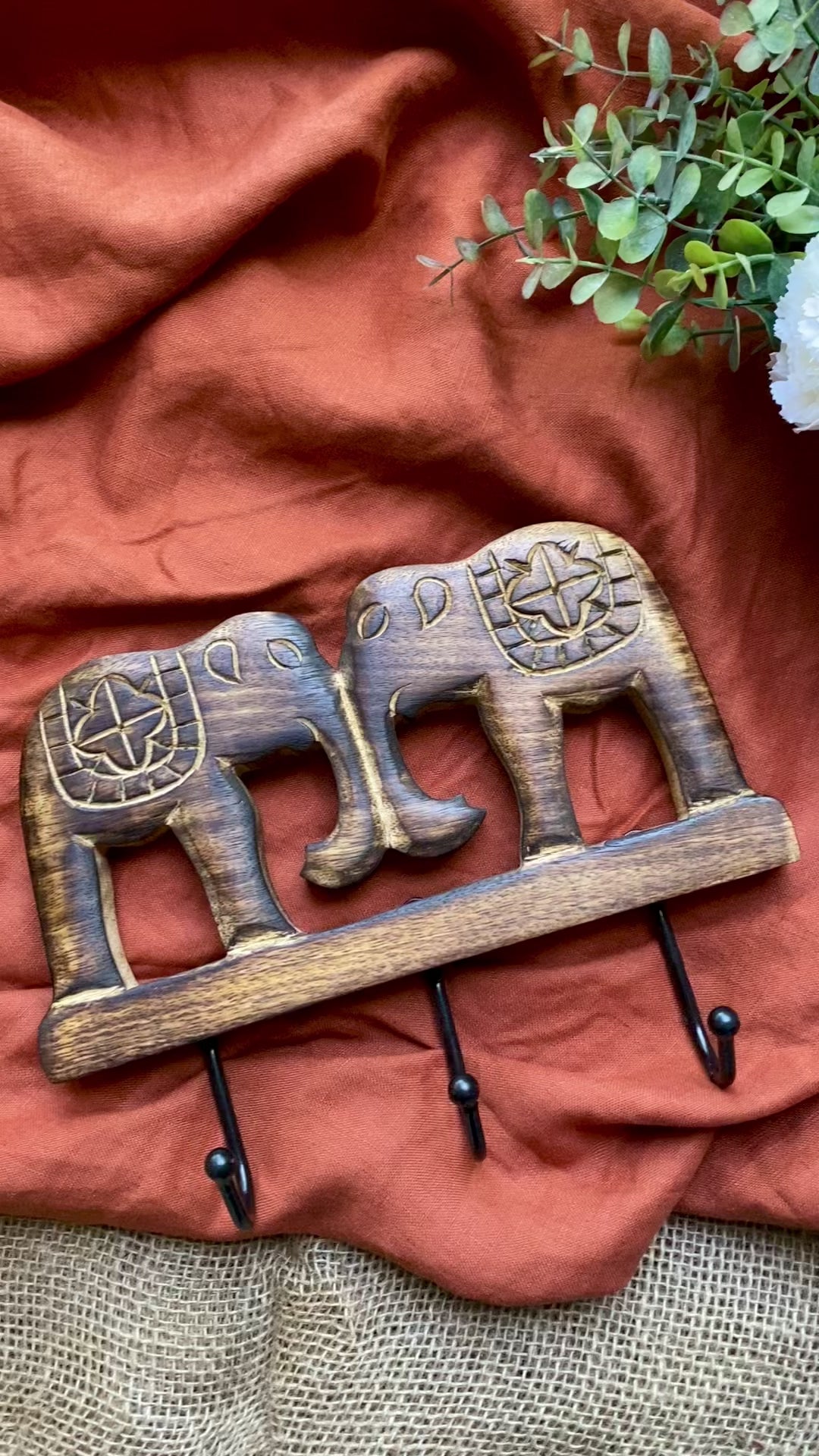
Couldn't load pickup availability
Perfect for the living room, bedroom, office, kids' room, or college dorm, a beautiful hand-carved wall hook to add a vintage look to your existing decor. These will keep your everyday essentials organised and easy to find.
It features two elephants, elegant and magnificent mammals native to India. Fall in love with the wood-engraved work of this wall hook to create an ethnic look. If elephant motifs are your ‘go-to’, then this one will surely bring a smile to your face.
If you love owls, check out our owl wall hanger.
Features
Dimensions
Note
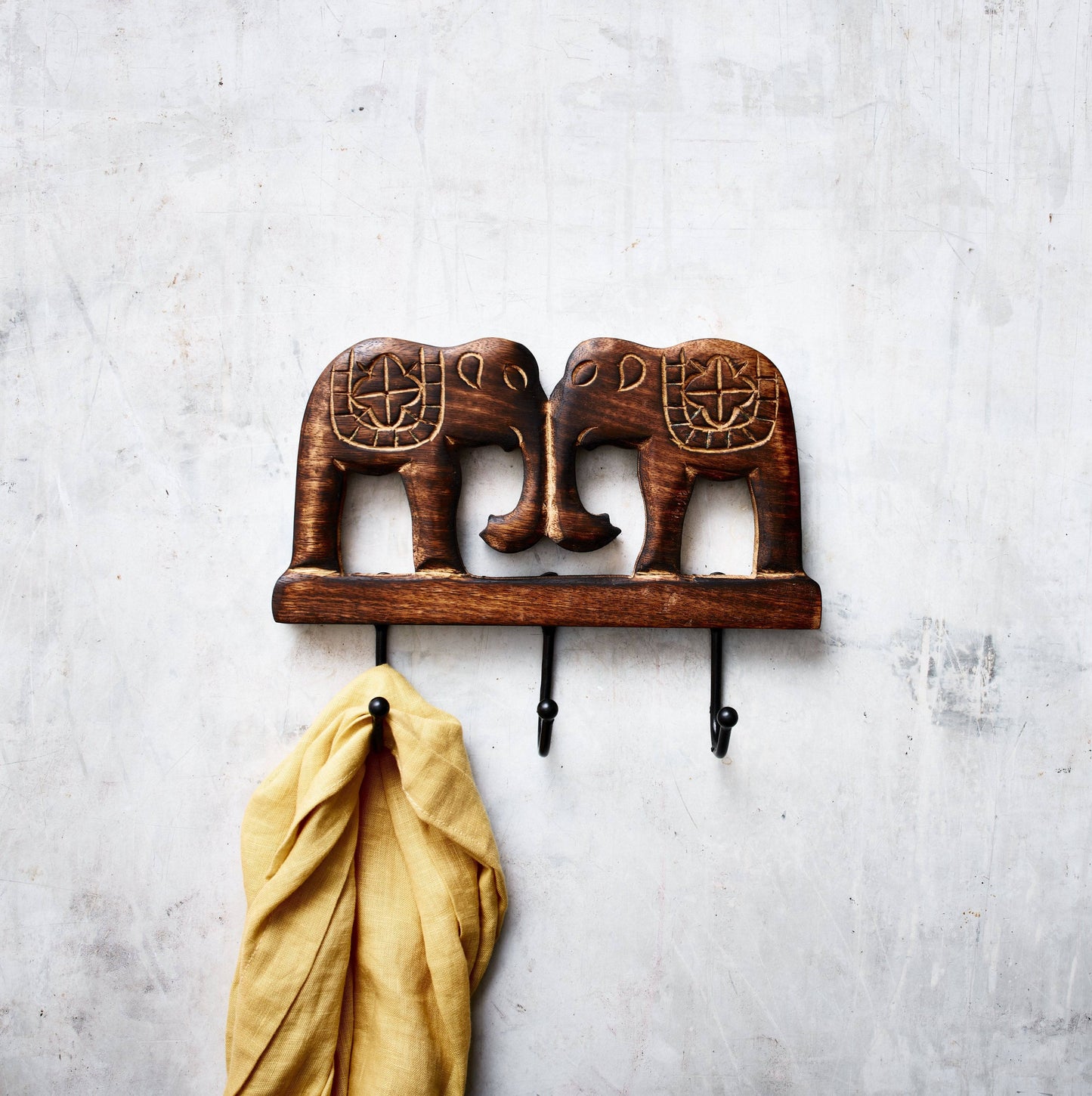
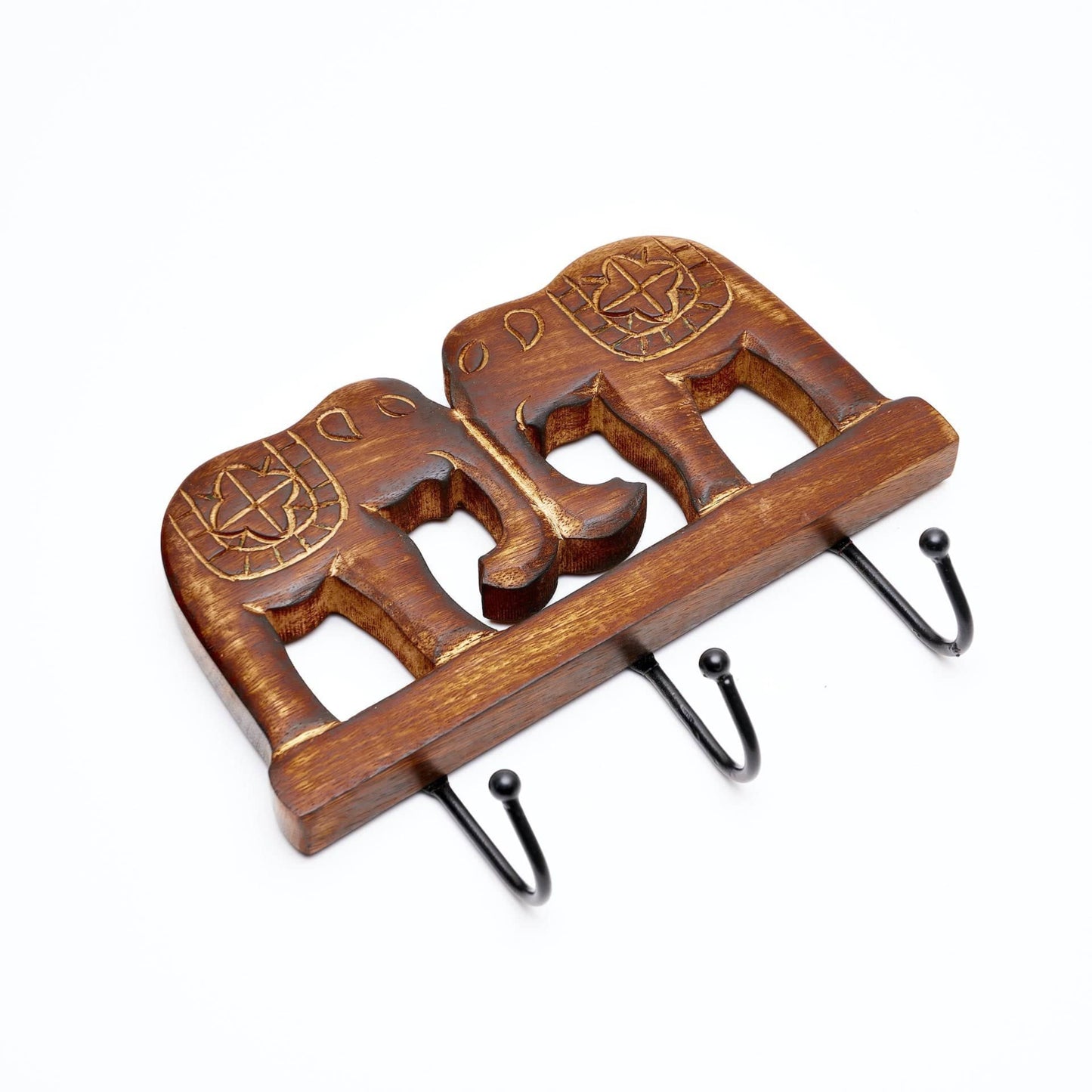
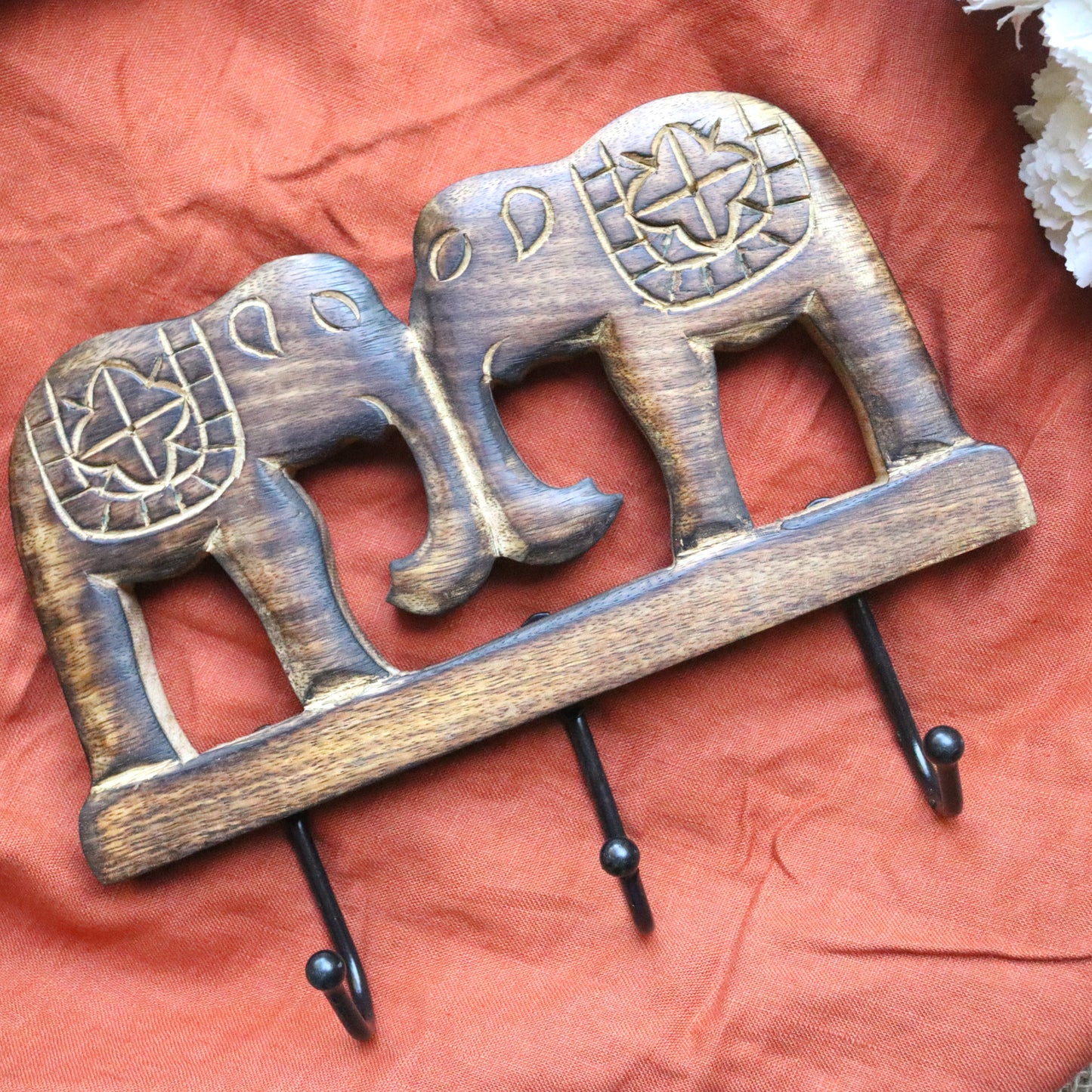

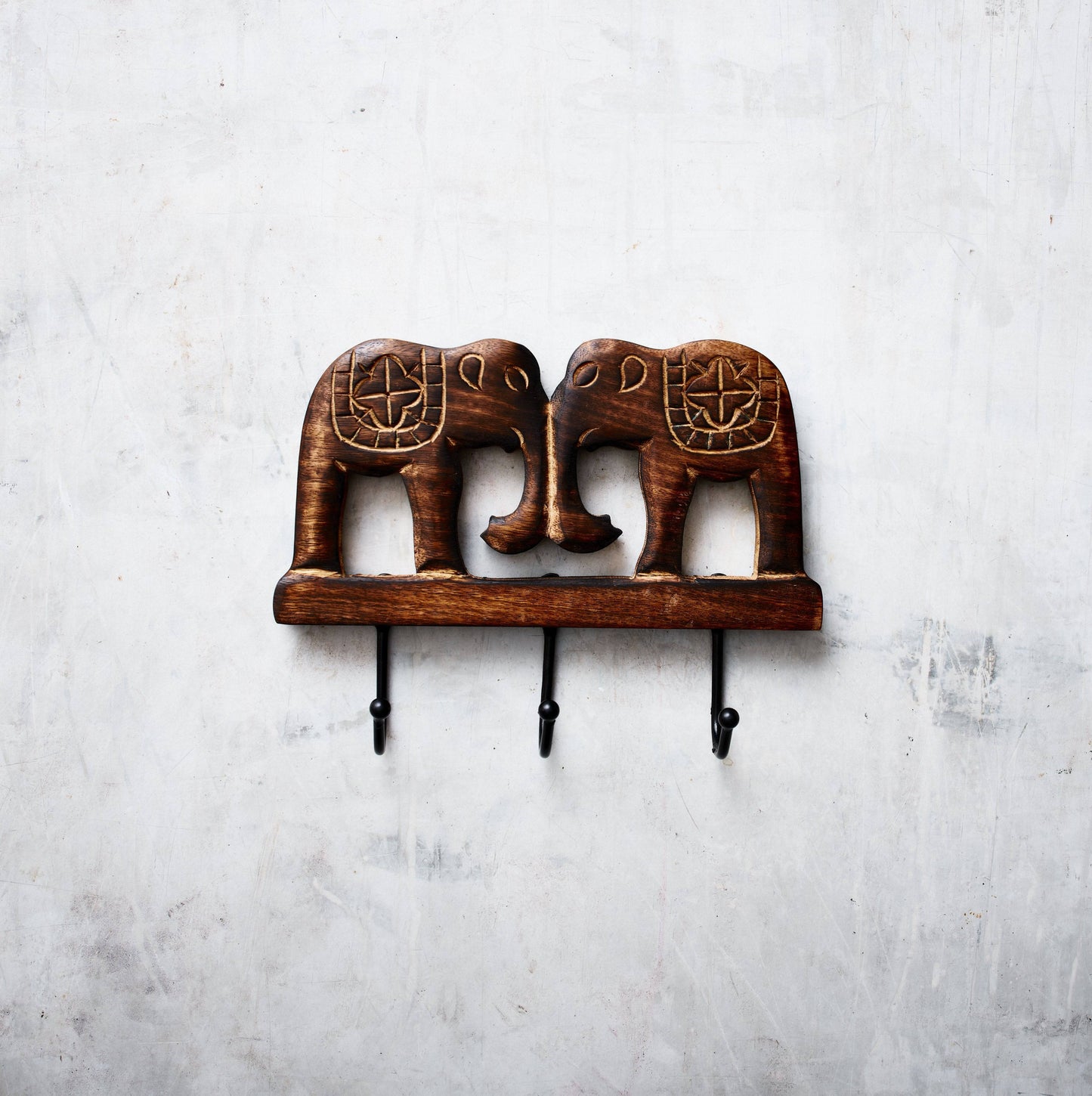

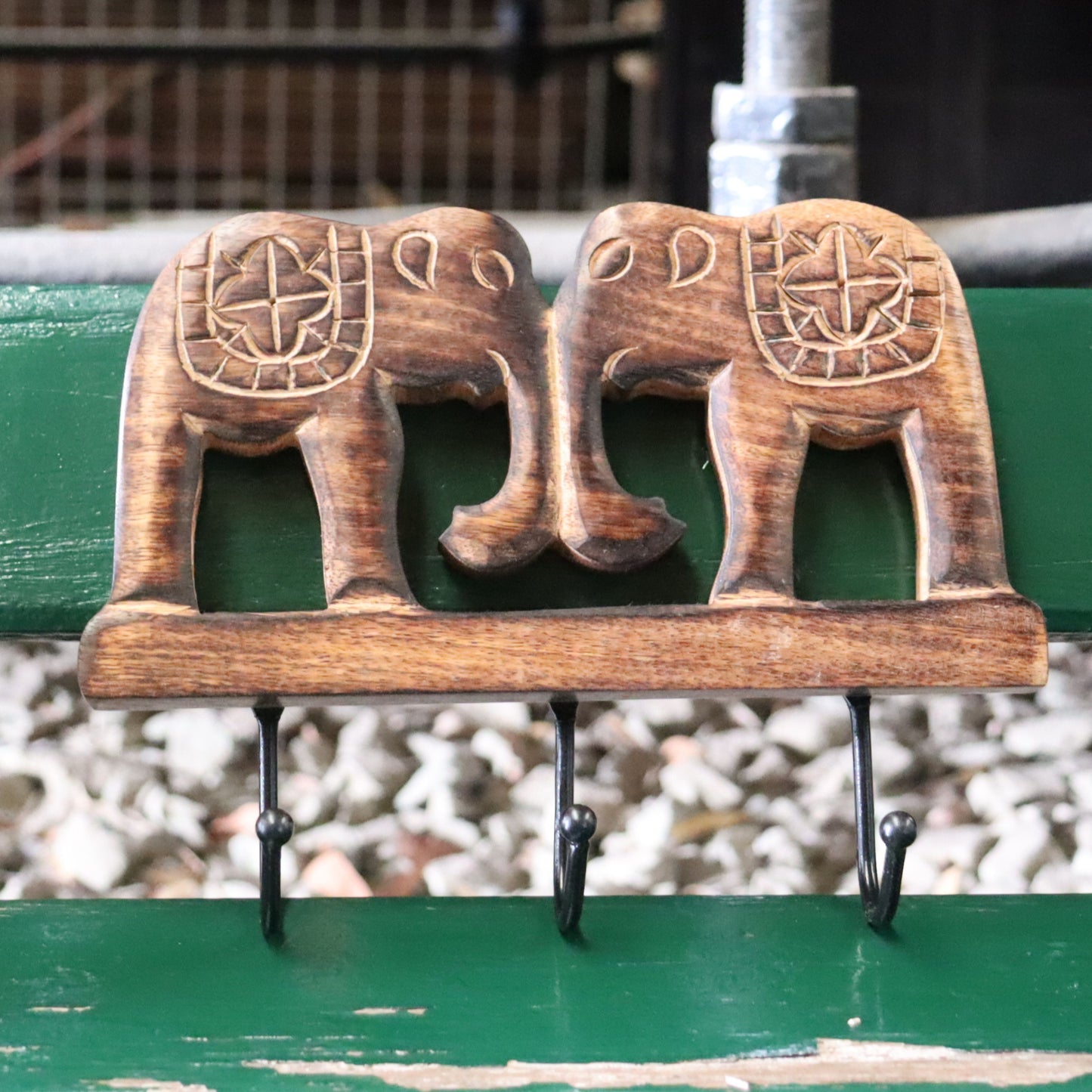
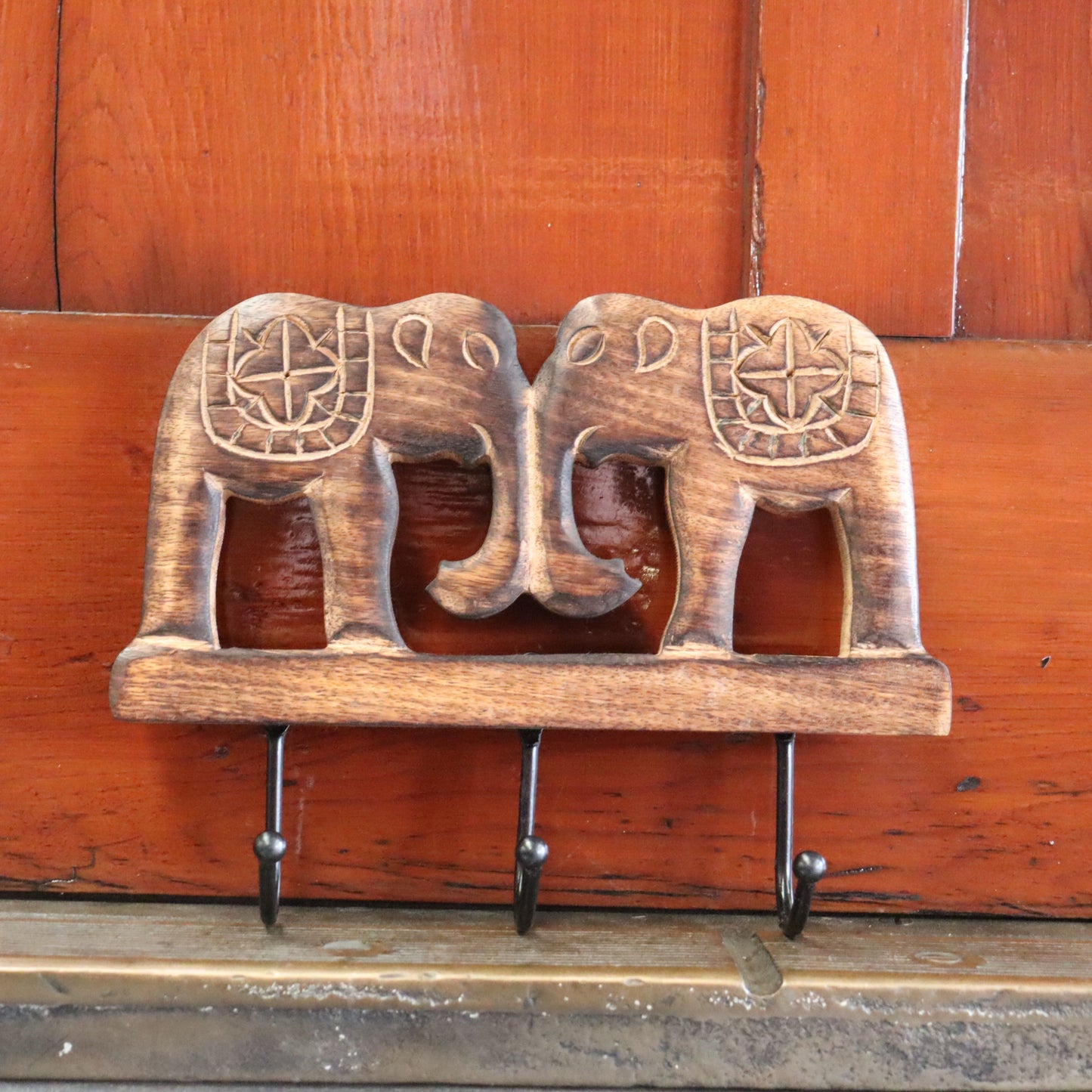
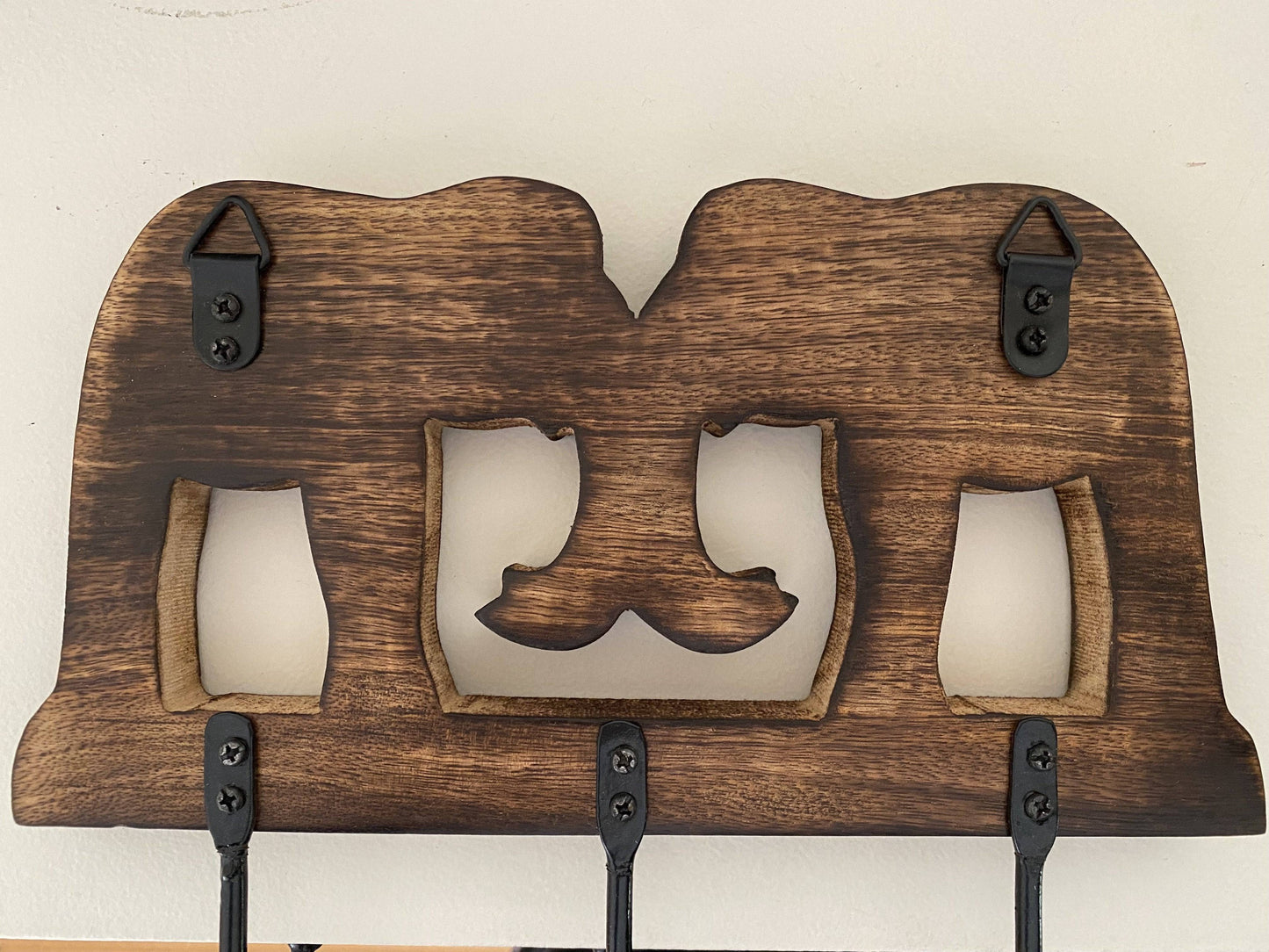
$10 Fixed standard shipping fee is waived off when the order value is $75 or above (AU) and $100 or above (NZ).
Choose your favourite service - AfterPay, Zip, Latitude Pay, Klarna
I love this hook. Absolutely beautiful!
4/5 rating
Why settle for generic, mass-produced hardware when your home deserves artistry? At Aksa Home Decor, we believe the best functional items are also meaningful works of art. Our handmade wall hooks aren't just here to hold your coat; they tell a story of traditional craftsmanship, ethical sourcing, and unique design. From the moment you hang your first item on one of our pieces, you'll understand why customers consistently call them the best—it's the blend of unparalleled durability and soulful character you simply won't find anywhere else.
When you buy our hooks, you’re not just organising your space—you’re decorating with purpose, making these the best choice for both your home and the global community. Whether you need a simple solution for the entryway or a decorative piece for the bathroom, the hand-finished excellence of every Aksa hook proves that the best organizers are the ones designed to be admired, not hidden.
Since centuries, wood has provided fire, shelter, tools, and supported so many inventions e.g. the wheel. Woodcraft in India is dated back to the ancient times of Maharajas. Initially, the art was limited to carving sculptures and windows of temples and palaces. Over many generations and under the influence of its region's culture and locally available wood the art form has evolved and now extends to articles like furniture, decorative pieces, storage boxes, table lamps, toys and puppets.
Wood can belong to either of the two categories - softwood or hardwood. Technically, softwood comes from the botanical group Gymnospermae and hardwood comes from the botanical group Angiospermae.
Most softwood are evergreen, have no flowers and develop their seeds in cones (coniferous). They are usually fast growing. This makes them the most widely used woods commercially. Indian Sandalwood is an excellent example of softwood. It has a fragrant resin, thus is highly sought after for making religious images.
Hardwood are usually slower growing than softwoods. They have dense wood lending itself to greater structural integrity than softwood (durability), and is less prone to insect damage. A few examples are walnut, mahogany, balsa, oak, chestnut, elm, teak and sycamore.
India has an abundance of native wood that lends well to the carving and inlay work. Some examples are Ebony, Rosewood, Sandalwood, Sheesham, and Sal.
The diversity of each region's style and carving technique reflects in the motifs, and patterns on each carved article. The geometrical and floral patterns are the most popular. When an object is carved from a single block, it is believed that the spiritual energy inherent in the tree remains more concentrated.
To produce a beautiful carving from a block of wood requires sharp tools, suitable timber, and planning. Once cut, the wood can not be reattached and thus the artisan has to be careful while shaping his pattern. Finest carding is possible on hardwood due to its ability to split less, and wide range of colours.
There are quite a few carving techniques, some of which are mentioned below.
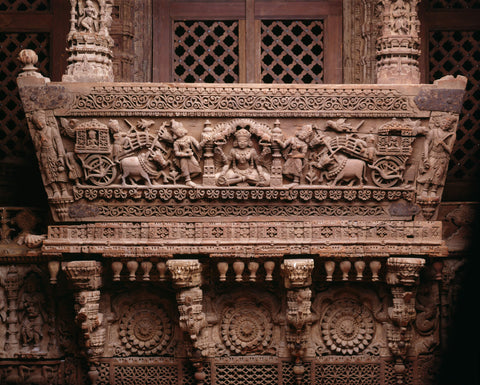
Pic: Relief carving used on an Architectural Ensemble from a Jain Meeting Hall

Pic: Nested dolls in a park setting
Once our artisan has craved the product, they can employ a range of decorating and finishing techniques to create the final product. Example of such decorations are paintwork, inlay (insetting shapes into cuts made in the wood), banding, and marquetry (pieces are glued to the surface of a piece of wood).

Pic: example of inlay set in Tic Tac Toe Game Set
In many regions, woodcraft production is vital for community livelihoods. By participating with Fair Trade organisations, we contribute to alleviating poverty and promoting sustainability through ethical practices. These organisations aim to educate and empower disadvantaged sections of the Indian community by providing them with job opportunities, gender equality, fair wages, safe and healthy working environment while preserving the local culture & traditional skills.
Wood - the world of woodwork and carving
Subscribe to our emails to get exclusive deals, stories and more. Enjoy 10% discount on your 1st purchase.
